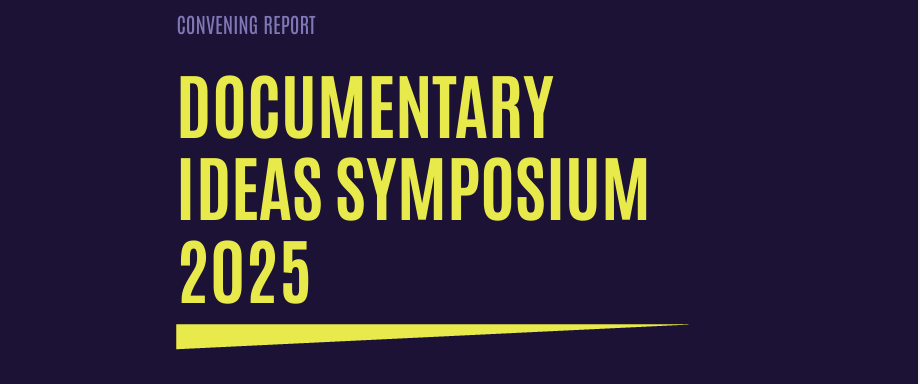In an era where digital platforms prioritize sensationalism over substance, the future of independent media hangs in the balance. While the mainstream market is saturated with fleeting trends and popular content, independent film—offering profound storytelling and diverse perspectives—is increasingly marginalized. Yet this sector plays a crucial role in advancing culture, tackling untold stories, and reflecting a broader spectrum of voices. Our research aims to illuminate the current and potential audience for independent film in the US. By analyzing broad viewership trends and distribution options, we seek to inform policy making, inspire innovative distribution strategies, and attract investment to ensure the sector’s sustainability. This report is a call to action to recognize and support the unique value of independent film for its artistic worth and its impact on society.
The goal of our audience study and distribution landscape research is to unearth opportunities to grow the audience for US independent films to generate more cultural and social impact as well as revenue. These may be business ideas, nonprofit efforts, or even regulatory or public policy initiatives.
We hope this study will spark dialogue, guide new initiatives, and foster a more vibrant future for independent media.
Independent films illuminate untold stories, spark discourse, and broaden our perspectives. This sector operates outside of the Hollywood system of work commissioned by major studios, networks and streamers a is a vital source of innovation in the $192B US film industry. Distinctive personal films–like The Farewell, Lady Bird, or Moonlight–open our hearts and launch culture-defining talent. Documentaries–like Navalny, Searching for Sugarman, Biggest Little Farm, or The Social Dilemma–deepen our understanding and challenge the status quo. Bold and innovative approaches to storytelling- in films like Lost in Translation, Memento, Tangerine, or I Saw the TV Glow–advances the art form of cinema. Independent film is essential to to our culture and society.
But independent film in the US is at risk.
The streaming channels that dominate global viewership are no longer buying many smaller or risk-taking projects. Instead, they offer mostly sequels, action, fantasy, true crime, genre, influencers, and celebrity content. Niche platforms featuring independent documentaries or scripted films lack scale and resources to break through to wide audiences or pay creators. Theatrical attendance is down dramatically in a trend that started with the pandemic and now sees viewers maximizing at-home streaming options, and broadcast and cable viewership is shrinking. And on mass market free streaming and creator platforms like Tubi or YouTube, independent film struggles to compete with an algorithm-optimized firehose of content.
While this is a global issue, it is particularly stark in the United States, which lacks the regulation and public funding investments that help many countries protect media in the public interest in today’s commercial media landscape.
New commercial and nonprofit solutions, alongside policy reform and public investment, are needed to build a sustainable future for the sector. In conversations over the last year with more than 200 professionals in independent film and adjacent fields, including producers, distributors, exhibitors, executives, entrepreneurs, academics, and nonprofit leaders, we learned of several promising new ideas to revive and sustain independent media. The momentum for change is exciting, and it has gained considerable energy since this time last year.
Our research also showed that few in the field have data—or resources for market research—on the current and potential audience for this media sector. Data is not publicly available to small independent film businesses or independent creators, which puts this sector at a disadvantage compared to the large, tech-enabled businesses dominating the US media.
Certainly, the intrinsic value of independent media is not related to the scale of its audience or even to its financial success. But a clearer picture of the audience will drive both the social impact and sustainability of the independent film field.
We hope this overview of the distribution landscape and our broad snapshot of the estimated addressable market will inspire further research, raise questions, spark conversation, and catalyze better data-gathering and sharing across the sector.
Our full report, which can be downloaded below and also accessed at indiefilmlandscape.org, includes a distribution landscape study with detail of audience engagement across all forms of film releasing in the US.
For thanks and acknowledgements, visit indiefilmlandscape.org.




